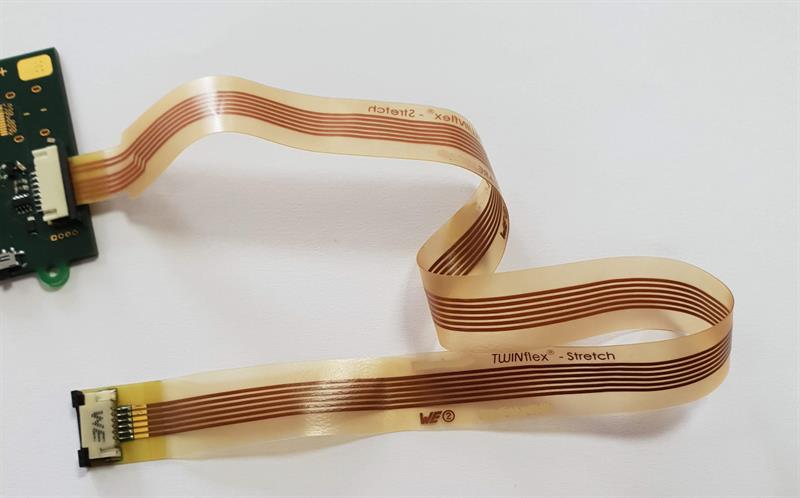The PowerGrasp project, which has been funded by the Federal Ministry of Education and Research (BMBF), began in 2015. Under the leadership of Würth Elektronik Circuit Board Technology (CBT), various commercial enterprises have worked together with both university and non-university research institutions.
"The aim of this project was to develop an active orthosis with soft mechanics for the arm and hand in order to support workers in manual, musculoskeletal and stressful activities," explained Dr. Jan Kostelnik, Head of Research and Development at Würth Elektronik CBT.
The three-year research project has been successfully completed and the network coordinators were Würth Elektronik CBT and the Fraunhofer Institute for Production Systems and Construction Technology IPK. Partners were the Evangelische Hochschule Nürnberg, the Schunk, the Textile Research Institute Thuringia-Vogtland, Berlin University of the Arts, warmX, the Rehabilitation Center Lübben and Volkswagen (associated partner) as well as other participants from industry.
“Würth Elektronik CBT was responsible for the technical implementation of the sensors as well as the development and manufacture of the electronics,” said Dr Kostelnik. In the course of the project, the researchers explored modern textiles in which electronic components as well as power-boosting pneumatic drive elements, i.e. air-powered, can be installed.
The result has been a soft robotic orthosis which can be worn. Further work dealt with smart materials, for example to record muscle activity. With the help of algorithms, muscle fatigue can be identified and the support adjusted if necessary.
“By working on the PowerGrasp project, we have made significant steps forward. In addition to the research and implementation of a mobile soft-robotic hand-arm-shoulder support system for overhead work, we were able to continue the miniaturisation of the electronics and pneumatics by using flexible and stretchable printed circuit,” according to Dr.Kostelnik.
Exoskeletons or assistance robots require a human-machine interface to interact with humans. Sensors enable the use of active, controlled support mechanisms. For body-hugging support systems and in soft robotics, it is therefore necessary to develop "soft sensor" systems.
Würth has created stretchable printed circuit boards – TWINflex Stretch - and these biocompatible PCBs are able to adapt to the body shape. Integration into textiles is also possible.

In the PowerGrasp project, a network of sensors is operated with TWINflex Stretch printed circuit boards. For example, the SmartSensX sensor nodes capture the human position with MEMS inertial sensors and provide the data via wireless or wired interfaces. At Würth, the system of sensors and evaluation unit is called Q.mod.
In principle, the technology will be able to support the elderly and people with disabilities in everyday life. In the long term, the project partners are working on developing a complete exoskeleton, i.e. a suit to support all movements.
Over the coming year, the demonstrators will be presented to the public at various fairs and conferences. Many of the individual components developed in the project are expected to lead to innovations in robotics, sensors, portable electronics and human-machine interaction as well as in other areas of sensor- and electronics-based applications.













